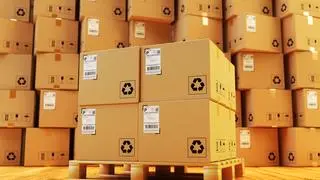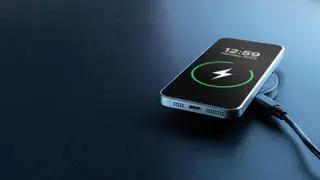Have you ever wondered how a silkworm larva enclosed in a cocoon is able to breathe and grow into an adult worm? This question has, over the years, triggered much research into silk as healing material.
In recent times, silk’s properties certainly struck Vivek Mishra as unique and spurred his research into its use in wound care. He ended up with what he calls a safe biomaterial for tissue regeneration, supporting cellular functions for faster closure of wounds.
Welcome to the modern silk route for healing wounds.
Mishra is the founder-director and CEO of Fibroheal Woundcare, which, in his words, “saw the potential in biomaterial application of silk and silk proteins.” Fibroheal is the first Indian company to enter this business, he says.
The Bengaluru-based company, registered under the government’s Start-up India programme, has been financially supported by the Department of Biotechnology.
Silk has two proteins — fibroin and sericin.
In a cocoon, fibroin is the basic ingredient while sericin is the glue holding together the fibroin strands. Fibroheal has seized upon these proteins for a share of the $485-million wound care management market in India, estimated to grow at 5.8 per cent during 2020-27, according to the market researcher Coherent Market Insights.
“Silk proteins are difficult to handle; they are self-assembling proteins and require specialised handling,” says Mishra.
Fibroheal buys from silk farmers the cut cocoons left behind by the fully grown moth, which are useless for the textile industry, and isolates the two proteins. It then uses different molecular weights and concentrations of the proteins to develop its products.
The company targeted five segments in wound care — tissue debridement (removal of damaged or infected tissue to help healthy tissue heal better), infection and inflammation, moisture balance, epithelialisation, and scar management.
The conventional ‘paraffin gauze’, the loose-weave fabric used as dressing for wounds, has no medical properties.
Fibroheal’s products are premium, falling in the ‘active and advanced wound care’ category. They come in the form of sheets, mesh, foam, powder and particles, for infected, non-infected, slow-healing, non-healing and difficult-to-heal wounds.
Along the way, there is also a beneficial social impact, points out Mishra. India is the second-largest producer of silk in the world, after China. More than 80 lakh people are directly or indirectly dependent on the material and it is used primarily in textiles. “If biomaterial application gains traction, it may lead to an increase in farmers’ incomes, in addition to bringing down treatment costs through the use of innovative, indigenous technology, and healing wounds quickly with improved outcomes and quality of life,” says Mishra.








Comments
Comments have to be in English, and in full sentences. They cannot be abusive or personal. Please abide by our community guidelines for posting your comments.
We have migrated to a new commenting platform. If you are already a registered user of TheHindu Businessline and logged in, you may continue to engage with our articles. If you do not have an account please register and login to post comments. Users can access their older comments by logging into their accounts on Vuukle.